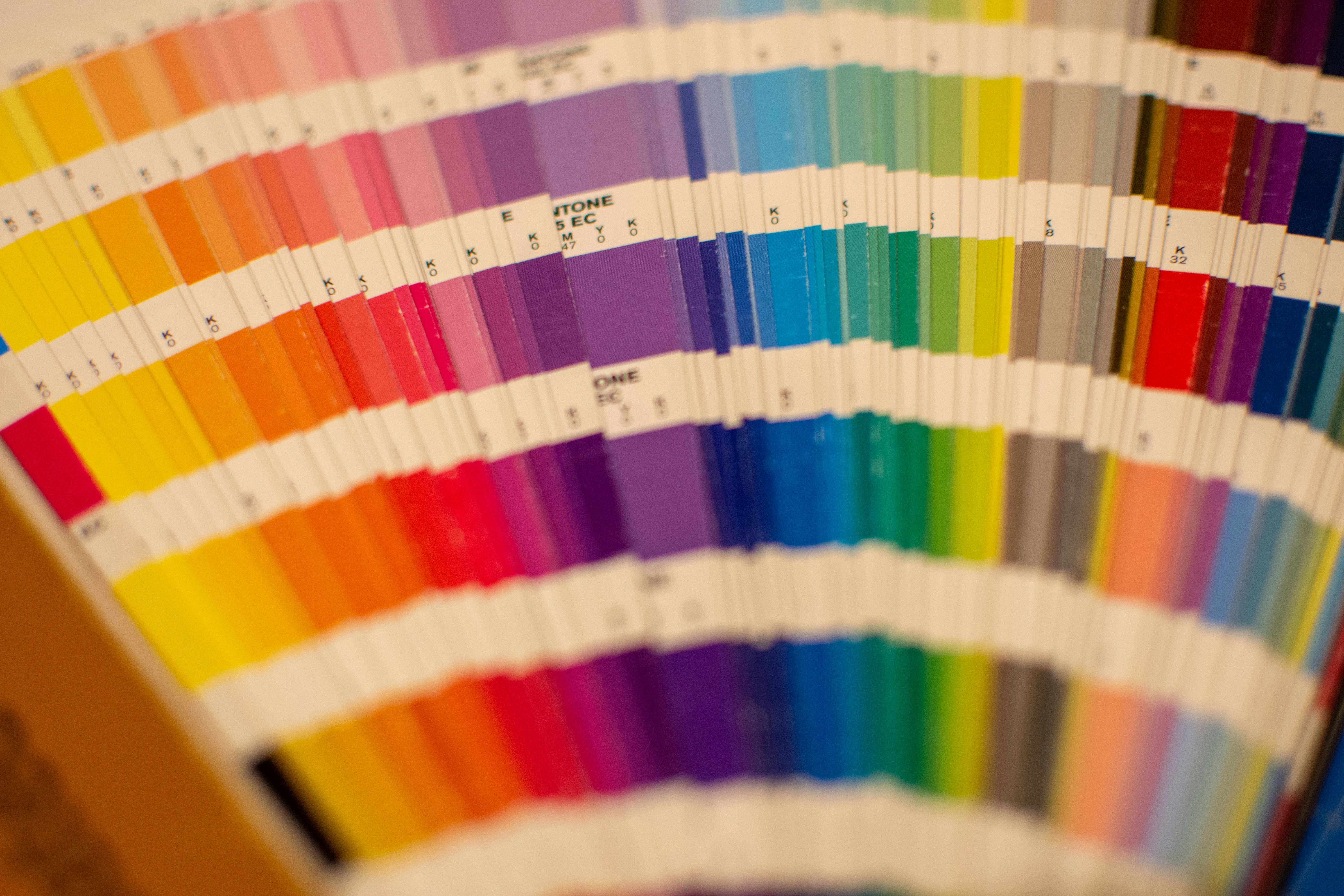Harness Color Temperature in Home Decor to Elevate Your Mood
Have you ever walked into a room only to feel instantly uplifted, or conversely, strangely drained? The science of light, particularly through the lens of color temperature, plays a pivotal role in shaping our emotional landscape and productivity levels. Understanding how to effectively manipulate light in home décor opens up exciting possibilities for enhancing well-being in our personal sanctuaries. Whether you’re looking to create a cozy haven for relaxation or a vibrant workspace that maximizes focus, the right color temperature can create transformative experiences in your home.
Understanding Color Temperature: The Basics

Color temperature is a fundamental characteristic of light that defines its warmth or coolness. Measured in degrees Kelvin (K), it can drastically influence our mood. Lower temperatures (around 2200K-3000K) emit a warm, yellowish glow reminiscent of traditional incandescent bulbs. These are ideal for spaces meant for relaxation, such as living rooms and bedrooms, as they caress the senses and promote a sense of comfort.
On the other end of the spectrum, cooler temperatures (4000K-6500K) produce a bright, bluish light that mimics daylight. This kind of lighting encourages alertness, making it suitable for workspaces or kitchens where clarity and attention to detail are essential.
To delve deeper into the benefits of creating sensory spaces, check out our piece on engaging all five senses for home wellness.
How Color Affects Our Emotions and Productivity

The emotional impact of color temperature is deeply rooted in psychological and physiological responses. Warmer tones generally induce feelings of relaxation and comfort. This is why many restaurants and lounges employ these tones to create inviting atmospheres. On the flip side, cooler tones promote alertness and focus, an optimal condition for productivity.
Research highlights that exposure to natural light improves mood and cognitive performance. As per a study published in the Harvard Business Review, workspaces flooded with natural light led to a 15% boost in productivity and an increase in creativity. Thus, investing in appropriate lighting in your home office could yield wonderful returns in your workflow.
Creating Cozy Comfort: Warm Light Applications

When it comes to relaxation areas like your living room or bedroom, the magic truly lies in warm lighting setups. Here are some tips to effectively harness warm light in your home:
-
Layered Lighting: Start with ambient lighting through ceiling fixtures, complemented by floor lamps and table lamps with warm-colored bulbs. This layered approach creates an inviting glow that adjusts the overall mood of the space.
-
Dimmer Switches: Installing dimmer switches allows flexibility, offering you the ability to transition from bright to cozy as the day fades. This is particularly helpful in bedrooms to facilitate a calm environment leading to restful sleep.
-
Accent Lighting: Use accent lights to highlight specific decor elements like artwork or plants. Warmer tones can create a beautiful contrast, drawing the eye while enhancing the overall ambiance. Consider also integrating candles or diffusers with soft lighting to maximize comfort.
For exclusive DIY projects that can uplift your living space, check out 10 budget-friendly DIY home decor projects you can try this weekend!
Brightening Up Workspaces: Cool Light Applications

Creating an invigorating and productive workspace focuses on achieving the right balance of cool lighting. Here’s how to effectively implement this:
-
Natural Light Maximization: To capitalize on daylight, strategically position your desk near windows. Utilize sheer curtains to diffuse and soften the light without completely blocking it.
-
Task Lighting: Task lights with adjustable brightness, such as desk lamps with cooler bulbs, can greatly enhance focus levels. A well-lit workspace reduces eye strain and enhances concentration.
-
Technological Enhancements: Incorporating smart lighting solutions can enable you to adjust colors and temperatures through an app, helping you switch modes based on your daily tasks—focused work in the morning and wind-down light in the evening.
To inspire innovation for your workspace, read more about combining technology with design in creating your indoor smart garden.
Color Temperature and Room Design: Going Beyond Lighting

While light colors play a crucial role, they are just one part of the larger home décor puzzle. Color psychology can work hand in hand with light to further enhance emotion and productivity.
Balancing Wall Colors

The coloration of walls can either complement or clash with light temperatures. For example, pairing warm lighting with beige or soft gold walls can amplify coziness, while cooler wall hues, such as blues or greens, harmonize with bright daylight bulbs.
Textures & Accessories

Textures added through throw pillows, rugs, or blankets can also play off the lighting’s warmth or coolness. Think about using plush, warm fabrics in cozy spaces and sleek materials in your office area. These cues contribute to the overall sensory experience.
Integrating Nature: Biophilic Design Principles

Modern home design increasingly emphasizes natural elements, known as biophilic design. Incorporating plants and greenery not only enhances aesthetic appeal but also improves air quality and mood. Strategically illuminating plants using warm or cool tones can create dynamic focal points while improving your emotional response to space.
Research indicates that individuals working in biophilic environments report lower stress levels and higher job satisfaction. Pairing these elements with well-thought-out lighting can transform your home into a rejuvenating oasis.
Explore more on integrating nature in your home decor with the article on upcycling materials into stylish home decor for an eco-friendly home makeover!
Crafting a Personal Lighting Strategy

Creating the perfect lighting palette takes thoughtful experimentation. Here are a few steps to curate your lighting strategy:
-
Assess Your Space: Take note of each room's purpose and how the current lighting affects your mood and productivity.
-
Experiment with Variability: Test various color temperatures and combinations. Observe how different lighting choices transform the ambiance throughout the day.
-
Involve All Elements: Remember that lighting does not exist in isolation. Complement it with the right colors, textures, and materials for a holistic effect.
-
Make Adjustments: Don’t hesitate to make ongoing adjustments. You might find that upon changing a light fixture or adding a plant, a room takes on a whole new life.
Final Thoughts
Creating a home environment that enhances mood and productivity through strategic color temperature utilization is both an art and a science. By understanding the relationship between light and emotion, and implementing thoughtful décor choices, we can create spaces that feel alive and purposeful. As you embark on this exhilarating journey of home décor transformation, let color temperature guide your creativity, encouraging balance and harmony throughout your abode.
With these insights at your disposal, why not start reimagining your spaces today? After all, a brighter home is just an adjustment of light away!



